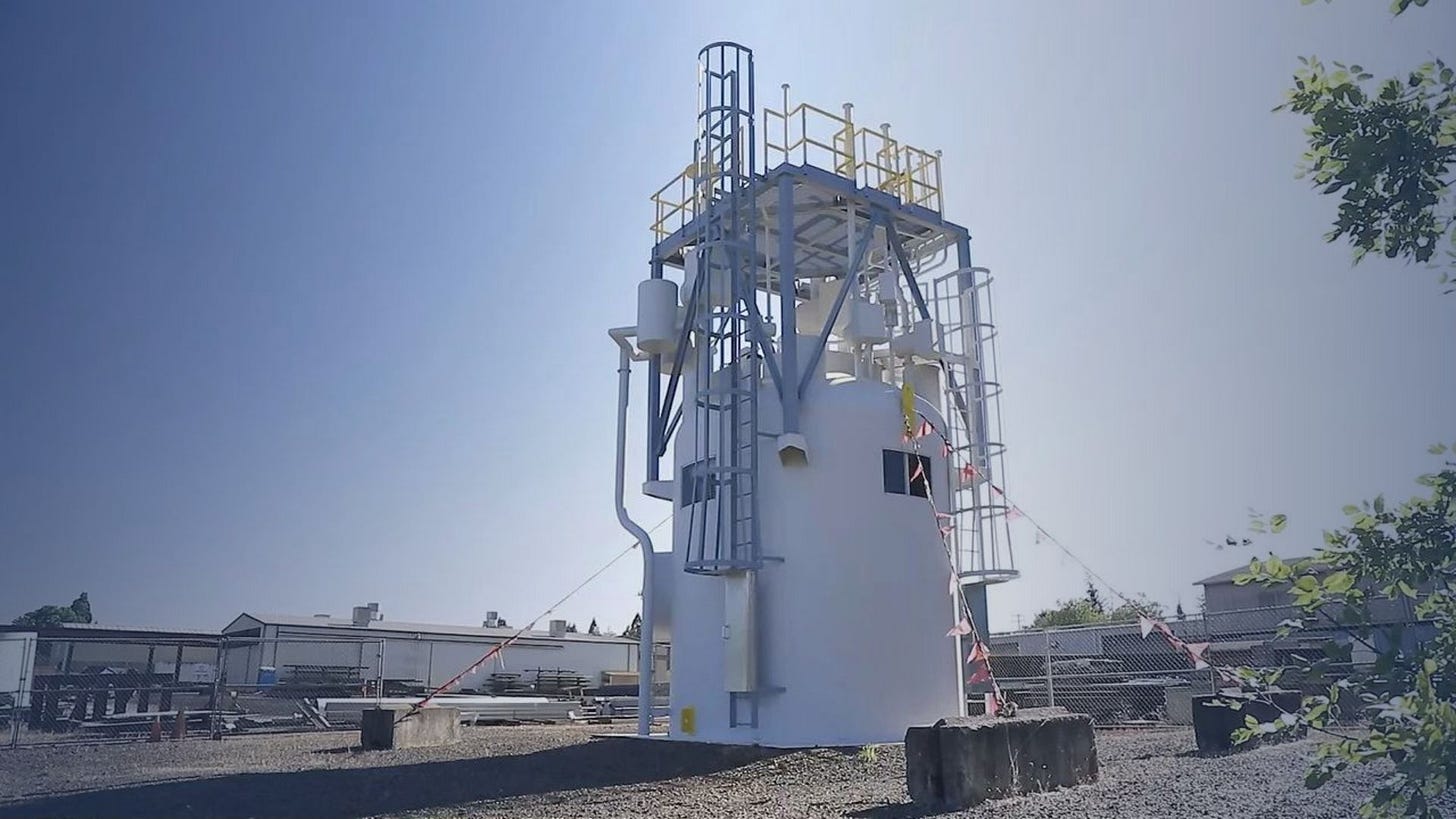Rethinking the Nuclear Debate
Why Small Modular Reactors Could Make Nuclear Practical
Much of the current debate over nuclear energy overlooks the real-world challenges of building full-scale nuclear power plants: the logistics, long lead times, and the massive upfront investment. A single plant can cost tens of billions of dollars and take anywhere from five to ten years to complete.. That timeline makes nuclear power a long-term investment, not a practical solution to the immediate need for more energy.
By contrast, wind and solar can be deployed quickly. A solar farm can be up and running within a year, and onshore wind turbines are relatively fast to install. These technologies remain the most realistic options for scaling low-carbon electricity in the near future. That said, nuclear still has a vital role to play. Unlike wind and solar, nuclear provides reliable, round-the-clock electricity without carbon emissions. Policymakers need to think now about investment in nuclear as a long-term pillar of the energy mix.
A New Approach: Small Modular Reactors (SMRs)
One of the biggest developments changing how people think about nuclear is the rise of small modular reactors, or SMRs. These are compact, factory-built reactors designed to be cheaper, safer, and faster to deploy than traditional nuclear plants. Their smaller size means they can be installed in remote areas, integrated with renewable power, or even used to power industrial processes or desalination plants.
How SMRs Work
SMRs operate on the same basic principle as large reactors: nuclear fission. Fuel like uranium-235 is split to release energy, which heats a coolant and produces steam to drive a turbine. What sets SMRs apart is their size and design. They’re built in modules, shipped to the site, and assembled on location. This drastically reduces construction time and allows utilities to scale capacity over time.
Built-In Safety
Many SMRs rely on passive safety systems that use natural forces like gravity or convection to manage heat, reducing the need for external pumps or generators during emergencies. Some designs use advanced fuels and coolants that make meltdowns far less likely and improve efficiency.
Why SMRs Could Matter
Scalable deployment: Modules can be added gradually as demand grows.
Lower capital costs: Smaller plants carry less financial risk.
Flexible applications: Suitable for industrial heat, off-grid communities, and desalination.
Improved safety: Newer designs emphasize safety by design, not just backup systems.
Distributed power: Can be sited where large plants are impractical.
Deploying SMRs
Getting small modular reactors (SMRs) from the lab to the power grid isn’t just about engineering—it’s also about financing and regulation. In the United States, the Department of Energy has taken the lead by making funding available to help get early SMR projects off the ground. These funds help cover the high upfront costs and reduce the financial risk for developers working with first-of-a-kind designs.
The federal government has also started using its own energy demand as a tool for deployment. A recent $1 billion agreement to buy nuclear-generated electricity from Constellation Energy shows that long-term contracts can provide a stable market for clean power and give SMR projects a guaranteed customer.
Real-world deployment still faces obstacles. Building even a small reactor requires navigating lengthy permitting processes, securing reliable supply chains, and overcoming community resistance to nuclear facilities. But if early projects prove that SMRs can be built quickly and affordably, momentum will build.
International Deployment
Interest in SMRs is growing around the world, as more countries look for ways to cut emissions, strengthen energy security, and bring power to hard-to-reach places. While the U.S. is leading in early design approvals, others are moving quickly to put SMRs to work.
Canada is already building one of the world’s first grid-connected SMRs at Darlington, Ontario. The Canadian government sees SMRs as a clean alternative to diesel generators in remote communities and industrial areas, especially in the far North. These early projects are designed not just to generate electricity, but also to prove that small reactors can be practical and cost-effective.
The United Kingdom is backing a new reactor design from Rolls-Royce that can be built in factories and shipped to sites. The idea is to reduce construction costs and timelines—two of the biggest challenges in traditional nuclear projects. Britain sees SMRs as a way to support its clean energy goals while revitalizing domestic industry.
Russia and China are deploying SMRs with a different goal in mind: expanding their geopolitical influence. Russia has already installed small reactors on its Arctic icebreaker ships and plans to build land-based versions in remote Siberian regions. China is building SMRs for electricity, heating, and desalination, and is positioning itself to export its designs to developing countries.
Each of these countries is betting that small reactors can play a major role in the energy transition. SMRs offer a flexible tool with global appeal to balance wind and solar on a national grid. The next few years will show whether they can move beyond the pilot stage and become a practical part of the world’s clean energy future.
Final Thoughts
Too often, the conversation gets framed as a choice: wind and solar or nuclear. In practice, it's about matching technology to the task at hand. Wind and solar are perfect for quick deployment and can handle large portions of demand when paired with storage. But for grid reliability, industrial-scale heat, or constant power in remote areas, nuclear—especially SMRs—can fill critical gaps.
This isn’t about picking a winner. It’s about building a system that works. A fast, clean energy transition will need a mix of tools, and that means looking at renewables and nuclear not as competitors, but as partners with different strengths. SMRs offer a way to bring nuclear into that equation sooner, at lower cost, and in more places than ever before.



